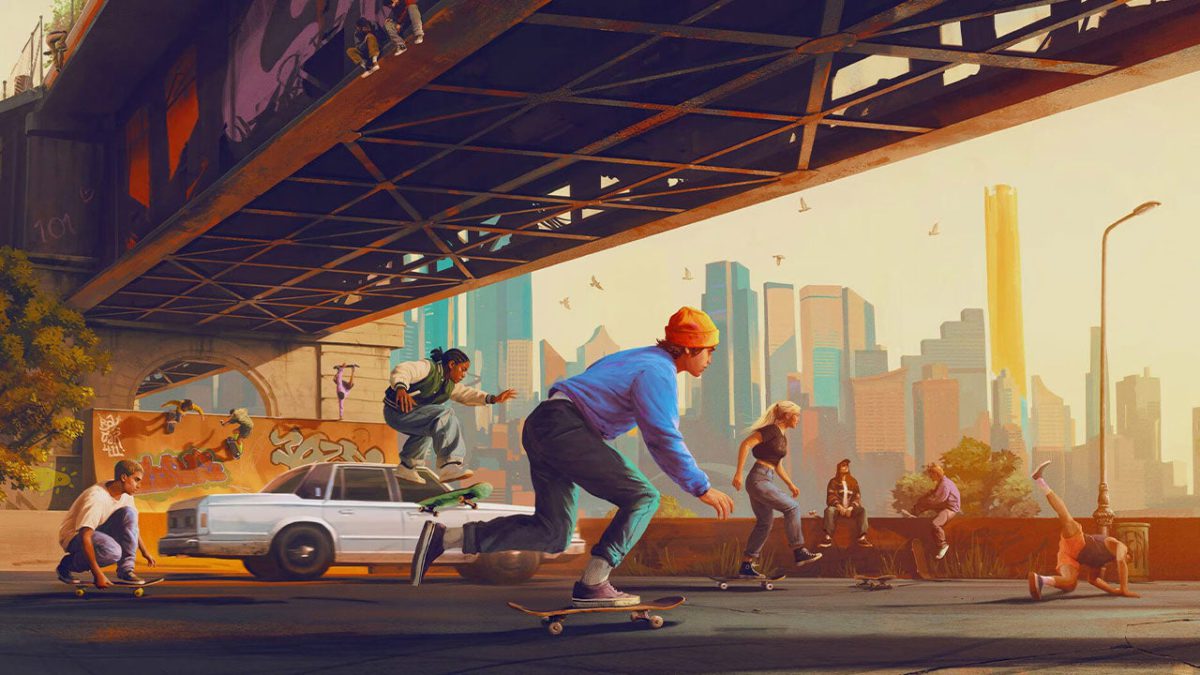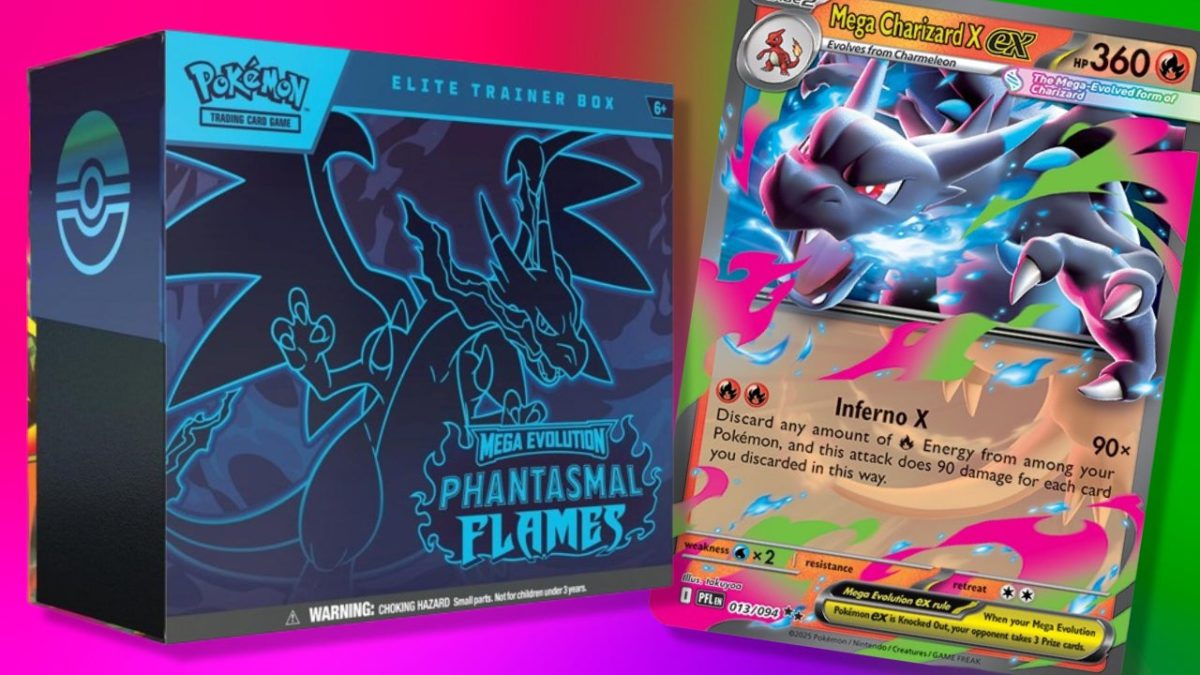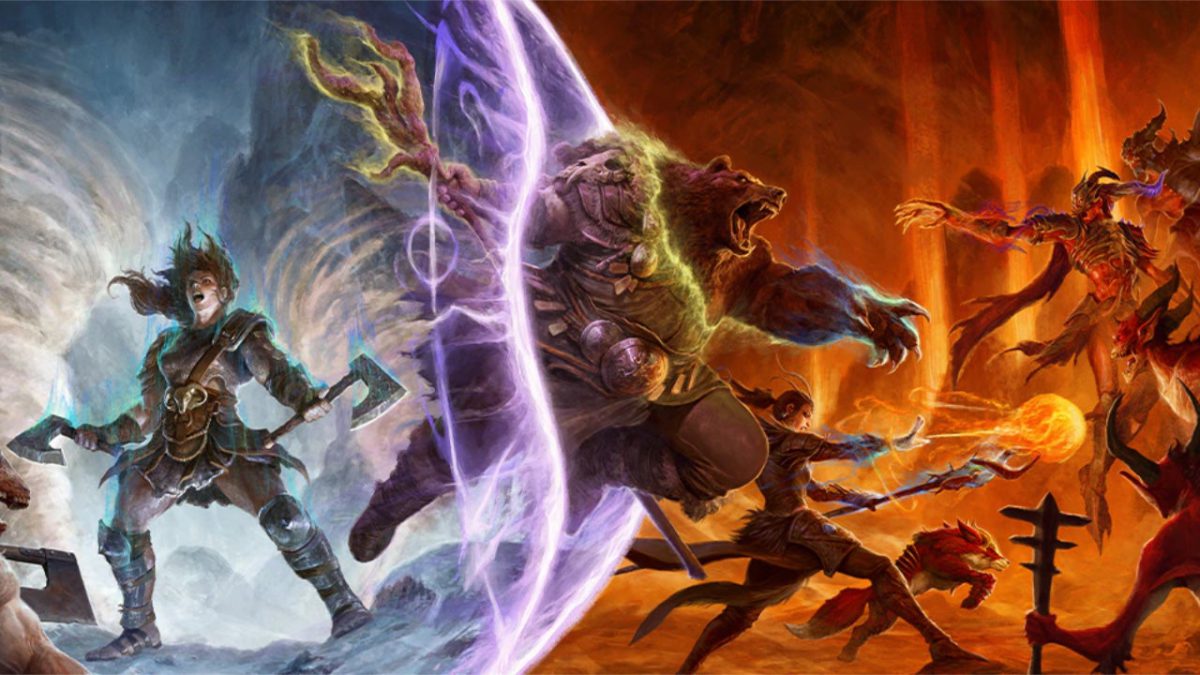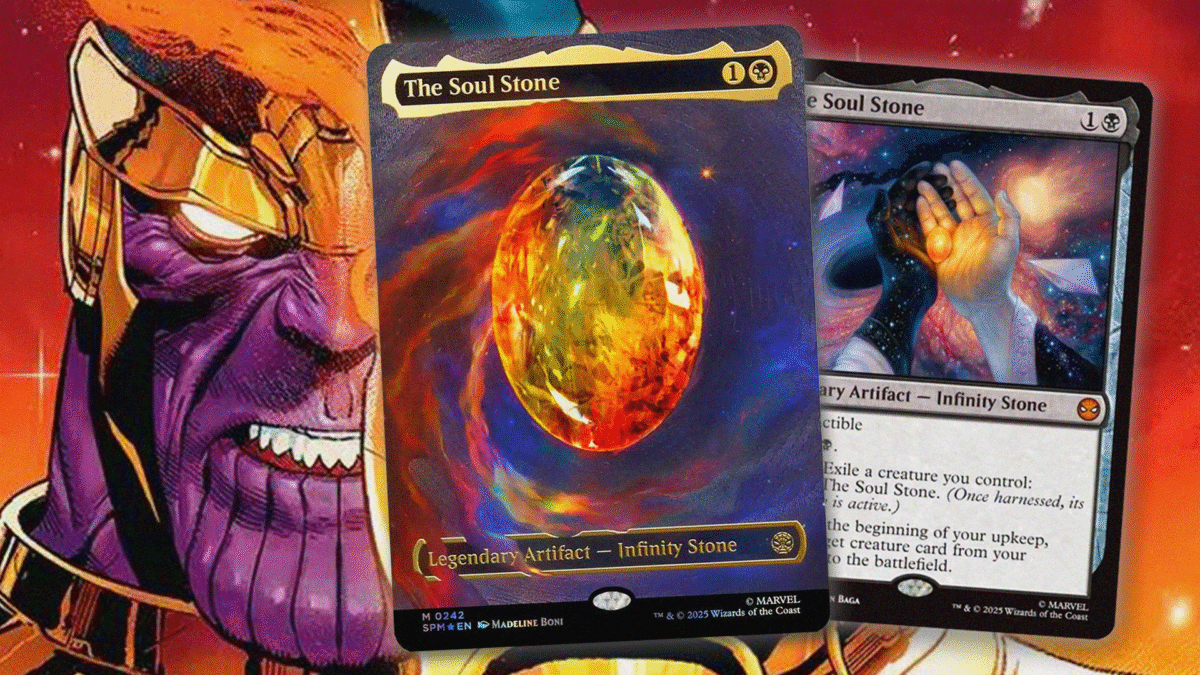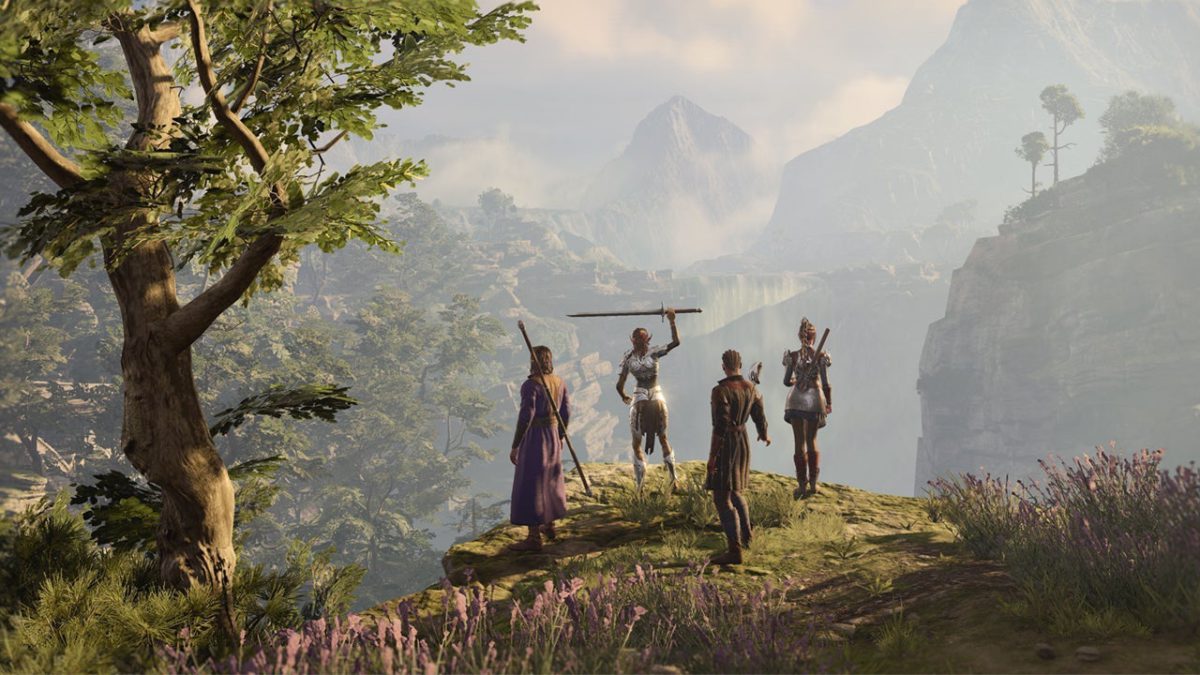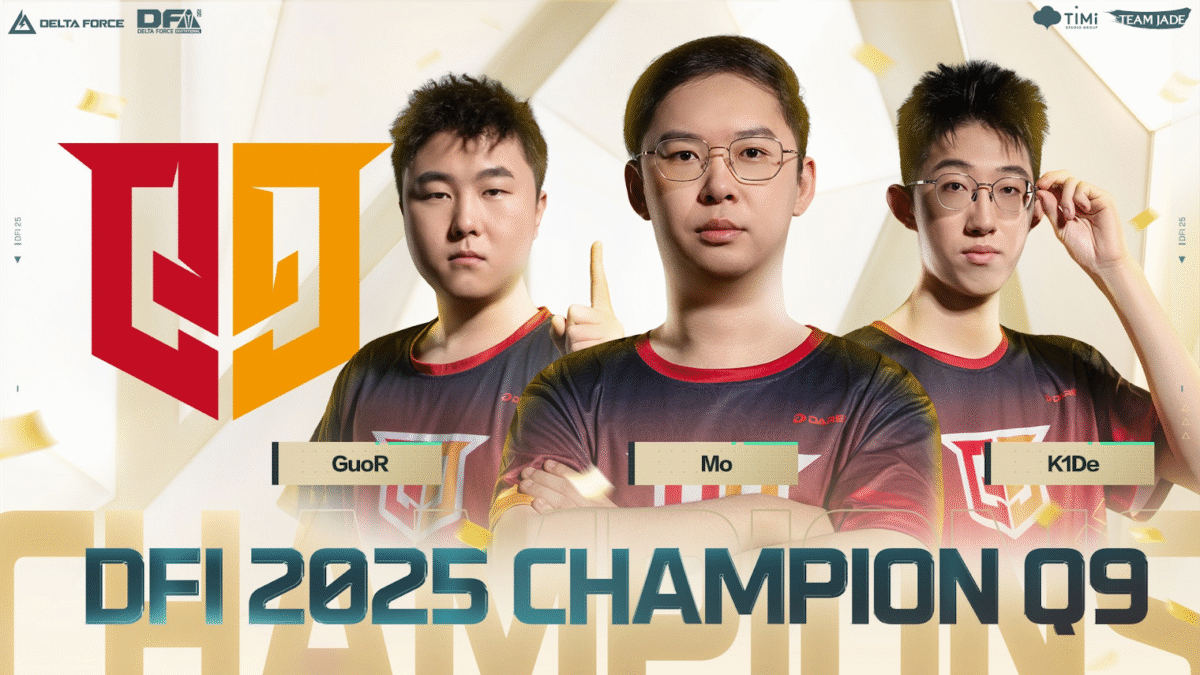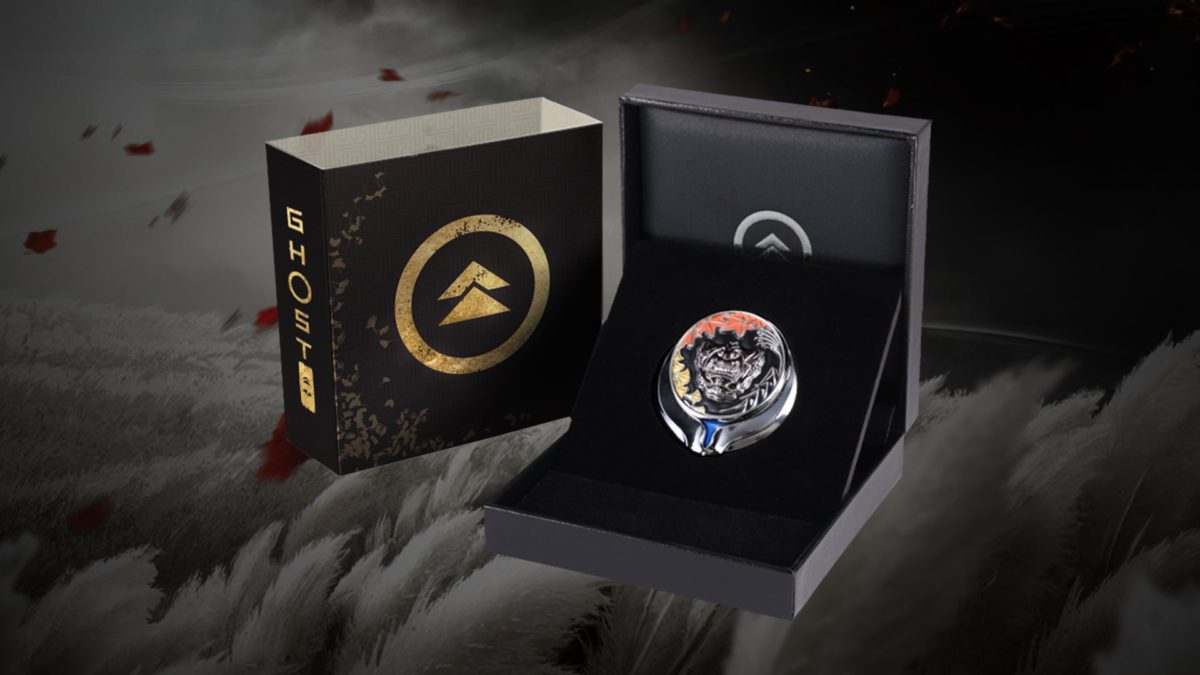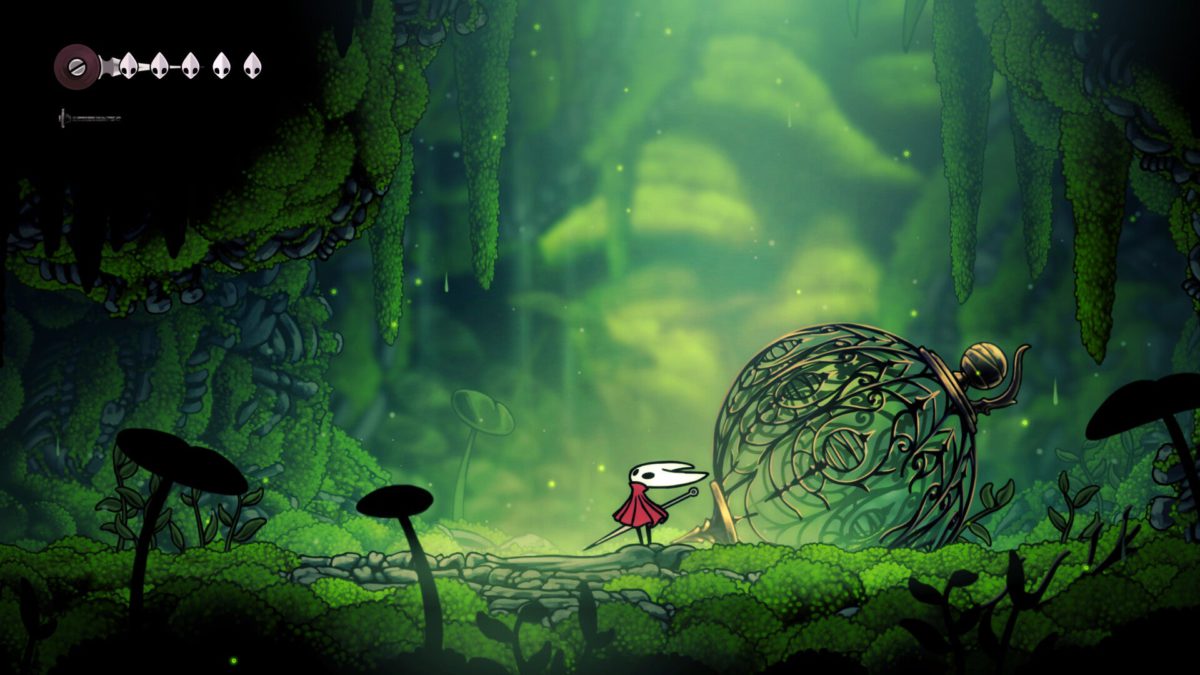
EA’s official Skate FAQ is very clear about what 2025’s new early access iteration represents for the series as a whole. “This isn’t a sequel, remake, or a remaster,” states the brief explanation. “It’s the evolution of the Skate franchise.” The first part I wholeheartedly agree with. This is not Skate 4, and it certainly isn’t a remake of the originals by any stretch of the imagination. The second part is not entirely untrue either: It is an evolution, of sorts. That is, it’s certainly changed. A lot. Unfortunately, this means this new version of Skate bears little semblance to the late-2000s originals I love – and I’m currently finding it impossible to warm to its sanitised, homogenised, and monetised reinvention. Yes, Skate has evolved dramatically, but it’s done so to blend into its free-to-play, service game-dominated surroundings – like moths in the sooty cities of the British Industrial Revolution. I don’t think I’ve ever compared a game to an insect before, but perhaps it makes sense when I find it this repellant.
Before I get too deep into why it’s offputting, there are a couple of true strengths that I can identify in Skate’s early access launch – the first of which are the sound effects. When it comes to capturing the nuanced array of skateboarding sounds – the hiss of spinning wheels, the friction of plywood on varied surfaces, and the clink of metal on metal – the team has done a terrific job. Ignoring the music and dialogue (which I’ll discuss later), Skate absolutely nails its sounds. This stuff is the symphony of skateboarding and, when you’re in a real flow, there’s an almost meditative rhythm to it. The pops and pings, the scrapes and squeaks – these sounds are just soothing, and I don’t know how else to explain it.
It must also be established that the feel of Skate, when you’re on a board at least, is still supreme. I adore the wild, arcade wackiness of Tony Hawk’s Pro Skater – and I respect the punishing, twin-stick precision required by the likes of skate sims like Session – but Skate’s controls are my jam. Just about everything I crave is wrapped up in its approachable yet deceptively deep system. Tricks on the right stick, turning on the left, grabs on the triggers, and grinds on… how good you are at lining them up. There’s a lot of depth to unlock once you get the hang of it.
Now, the new Skate doesn’t quite look and feel identical to the older games. Turning appears a little stiffer, and probably lacks a bit of the more pronounced and organic lean from the early Skate games. The grind assist is also considerably too sticky by default, and there’s definitely jankiness present in the transition skating; I’m experimenting with the pump settings but haven’t quite cracked a consistent solution to always getting the momentum I want and not getting randomly bogged down. Skitching is absent, and there are other missing tricks. Overall, however, it’s entirely familiar enough to be instantly intuitive to me as a returning player. At a minimum, Skate has done a fine job of reconstructing that buttery, legacy street skating feel from the original games. That’s an important thing to bring back if you’re going to use the classic name.
Unfortunately, that’s all it brought back.
Streaming the Cube
Making Skate an exclusively online experience was an immediate and utter mistake. During my first session on the day of its early access launch I was unceremoniously disconnected during a random challenge and kicked out of the map, back to the main menu. The error message here was comically emblematic of my thoughts on the overall situation. Something went wrong? Yes, something certainly went wrong with Skate. But it went wrong long before I started playing.
I am, of course, aware that server problems and queues are typical of day one of a new online game (although I’m still waiting in queues the week after launch). The community has come to accept this compromise as the opposite side of the free-to-play coin. For me, this is uncharted territory. The last time I waited in an online queue I was buying concert tickets, but at least I got seats to Metallica out of it. Skate is giving me no such joy. It does not benefit from being an online-only live service. It has new priorities, like selling $25 clothing ensembles. To pass the downtime I played a bit of the existing Skate trilogy (all of which are parked on my Xbox courtesy of backwards compatibility and will work just fine offline today, tomorrow, and in 10 years time).
In a deeply unfortunate twist, playing the new Skate is regularly just as annoying as not being able to play it. From the get-go it’s evident every shred of the personality of the originals has been ruthlessly and shamelessly cut away in favour of infantilised garbage. Every part of Skate has been corporatised and Disney-fied, from art style to attitude.
Remember the authentic human characters that accompanied your skater as you progressed through the story modes of the old games, who would blurt in sympathy as you tumbled down the dam for the tenth time, breaking every bone in your body? Well, forget anything like that. Your “filmer” in the new Skate is… an AI app, called Vee, who just may be the single worst video game character I’ve ever encountered. Vee’s dialogue is beyond nauseating, and is delivered in a faux-robotic fashion that makes it doubly awful. It’s essentially a simulation of AI slop – like having a friend that only speaks to you like they’re reading the captions on a Tik-Tok video. The low-fi and realistic filmer approach of the old Skate games is greatly missed. In 2025, this could have been emulated easily by just giving us an in-game friend with a phone. Instead, we have an ill-conceived chatbot who regards my successful tricks as, “Algorithmic!”, refuses to stop “edu-skating” me on the fact “footy” means “video footage,” and mines 35-year-old LL Cool J songs for quips even my mum would wince at. “Your female parent said knock those objectives out?” Good grief.
Holy Cow Oh My God
Sadly the “human” cast is no better. They’re saddled with an inauthentic, overwritten script stuffed with cringeworthy sentences no person would ever say aloud, and lines I’m not even sure the voice actors quite understood before reading. Skate’s fascination with the term “skater eyes” (which is inexplicably capitalised in the captions like some kind of proper noun) is simply baffling. It’s referenced with such heavy regularity that it sounds like the name of an in-game function you can personally toggle on and off to highlight particular parts of the environment like Batman’s Detective Vision (like certain things that are automatically covered in a yellow mask during some challenges) but it isn’t. It’s just a hackneyed slang phrase Skate has invented and overuses far beyond the point of parody.
Who says the word “BEEP” instead of cursing, even mildly? Everything that’s even a fraction edgy or mature has been masked under layers of corporate coddling, like those soft, squishy curves that stop toddlers from splitting their heads on the corner of the kitchen bench. You can, I guess, mute the dialogue – but that doesn’t make it immune from criticism. Besides, the dialogue is also just one part of a cavalcade of complaints I have about the current state of Skate.
Why was it so important, for instance, to concoct an in-universe explanation for the fact that nobody in Skate’s new city of San Vansterdam can suffer any injuries? Making skaters invincible thanks to the medical miracle of “ImpervaTEK” doesn’t make Skate better; it just feels like it’s here because some suit was worried about the optics of children playing a game where people tossing themselves off buildings might have to be depicted as being seriously hurt. As a result, Skate’s traditional post-wipeout x-rays and bone-snapping sound effects are totally gone (as are bloody scrapes, grime, and wear on skaters and their boards).
My sons began playing the original Skate games from about the moment each was old enough to hold a controller. I vividly remember them cackling uncontrollably at how many bones they could break as their characters tumbled and fell, their skeletons squelching and shattering. Skate 2025 seems totally toothless in comparison. It treats its audience like babies.
10 Things I Skate About You
Skate’s art style doesn’t do it any favours, either. The stylised approach may be crisp and colourful, but it’s also vanilla and boring. The doe-eyed, Sims-style character models do absolutely nothing for me, and this cartoony u-turn is a truly unwelcome departure from the realistic approach the series previously took. I don’t like their plastic beards, or their chunky pants, and I certainly don’t like being surrounded by them at all times – particularly when other players have a habit of visibly stuttering, lagging, and even floating as they move by. It’s also a complete eyesore having everyone constantly clipping into each other, all plonked in front of the same shop counter – or teleporting and gathering atop the same ramp. I don’t know where I start and everyone else begins.
There’s also a real sterility to the city that the simplified visual style can’t shake. Plain walls, impossibly clean surfaces – San Vansterdam just isn’t a place that feels legitimate or lived-in. It feels fake because it looks fake. There’s not enough granular detail or texture. Hell, sometimes there’s no texture at all, like when the roads appear to glitch and turn into a featureless, uniformly black surface. That happens a lot.
San Vansterdam isn’t all that interesting to skate around, either. The map is a largely flat downtown area, broken up into four quadrants that aren’t particularly distinct from each other. You can skate across it in about two minutes. There’s no zany hill descent, or dam drop, or wild spillway – nothing I’m drawn to gravitate towards like I am in Skate 2’s San Vanelona. There was a sense of reward in finding a neat place to skate in the original games, because the maps primarily felt like cities – not skateparks. The DNA of San Vansterdam is that everything is skatepark-adjacent. Top of a building? Skatepark. Inside a church? Skatepark. At this point, designing the city to be an unrestrained skate utopia just feels like too much – like it’s a big, Tony Hawk’s Pro Skater level instead of a city you can skate in. It’s weird when the original Skate games were entirely antithetical to that.
Speaking of pro skaters, don’t expect to see any of those old faces in the new Skate. This obviously means no cleverly edited live-action intro montage packed with recognisable skaters in silly situations. Starting with a memorable short film may have become a tradition for the original trilogy, but that idea appears to have been firmly kickflipped to curb. More disappointingly, however, it also means no pro challenges – no real-life skaters to meet and speak to as you progress through what constitutes the campaign at the moment.
Could pros come to the game later in this fashion? As a live service… maybe, I guess. But I’m very pessimistic they’d add the same level of personality they injected into the original Skate games. Those had brief cutscenes with back and forth between the pros and your sarcastic filmer. Is John Rattray going to have a conversation with a disembodied app on a floating video camera? I doubt it.
As it stands right now, the campaign feels weak: part lengthy tutorial, part service game treadmill, where miscellaneous skating tasks are rationed out every 24 hours. Some of these are satisfying enough, and they do reward a certain degree of mastery of Skate’s classic controls. There are stints of Skate where I’m absorbed to some degree, sure, but there’s surprisingly little to it right now – particularly considering how immediately the daily challenges have begun to repeat.
In terms of solo content, there are no competitions, no death races, no games of S.K.A.T.E. No magazine cover shoots, or sponsorship challenges. The campaign missions, or “tours”, here are really just a series of lessons. It’s clumsily paced, too, since the only way to unlock new tours is to complete an extensive amount of goals from the miscellaneous trick challenges that are refreshed on a daily basis. That is, many hours after completing a daily objective that required me to do multiple manuals, I found myself sleepwalking through a separate tutorial mission about how to manual. And this after Skate confirmed with me I’d played Skate 3 before I even set foot on a board.
Skate sure does love its collection missions, though. In these you must skate a certain line while hitting a predetermined amount of floating wheel bearings, or perhaps skate through some basketball-sized bird poo. Either way, it’s mobile game-inspired fluff. I’m not a bored toddler in a restaurant being handed an iPad while his parents peruse the dessert menu, so this is just not my scene.
That only became more evident when I realised the whole progression loop is simply geared around collecting enough in-game currency to open loot boxes. Want to rank up? You need to return to the store to trigger that. Hey, while you’re at the store, why not open some boxes of crap with all your in-game credits? I didn’t bother opening any for the first few days because I wasn’t interested, but I eventually realised the boxes also contain additional reputation points that are important for leveling up your neighbourhood rank and unlocking new fast travel spots – so you basically have to open them. This means sitting through the unskippable “Congratulations!” animation for each individual one – that I assume has been meticulously modelled for maximum poker machine potency – every single time.
Which boxes? These ones, just past all the premium items you need to hand over real money for instead. Wait, why are there bundles of items priced at 1600 Skate-bucks when Skate-bucks are available in increments of 500 and 1050? Oops. Guess you’ll have to buy more than you need. It’s insidious and I hate it. I hate it in other games and I hate it in this one. I am not young and immune to the caveats of free-to-play gaming. It makes it feel like a service and a store first, and a game second.
Hell, maybe that’s true. After all, if it walks like a duck and quacks like a duck, it’s a duck.
That’s what my female parent used to say.

